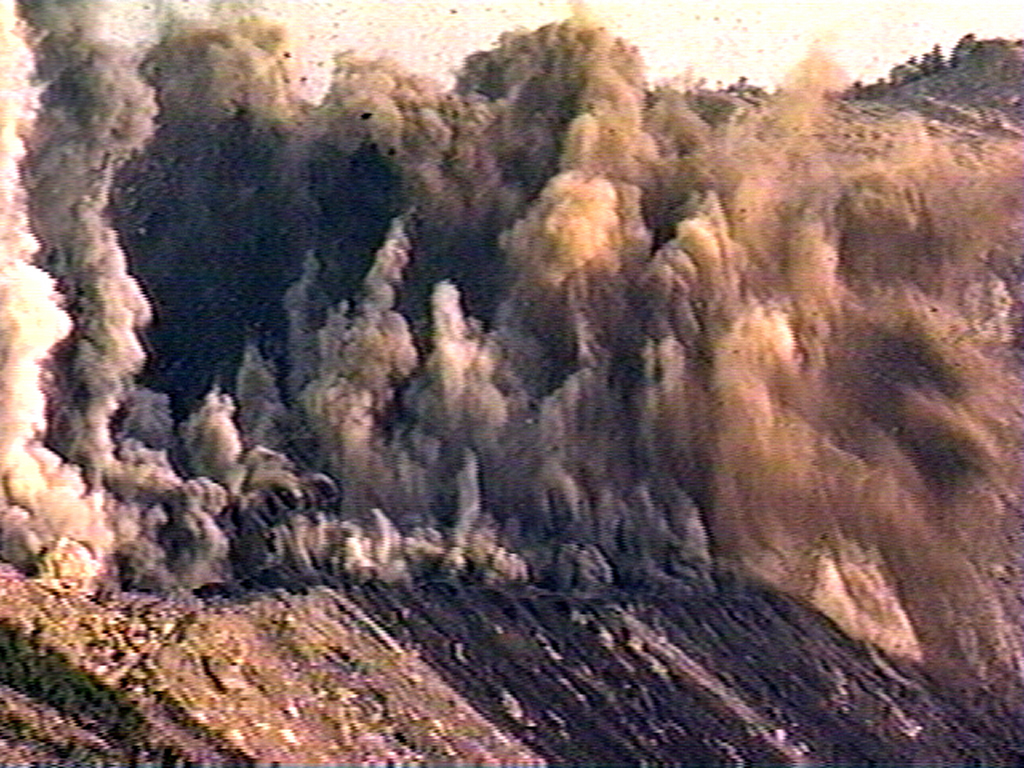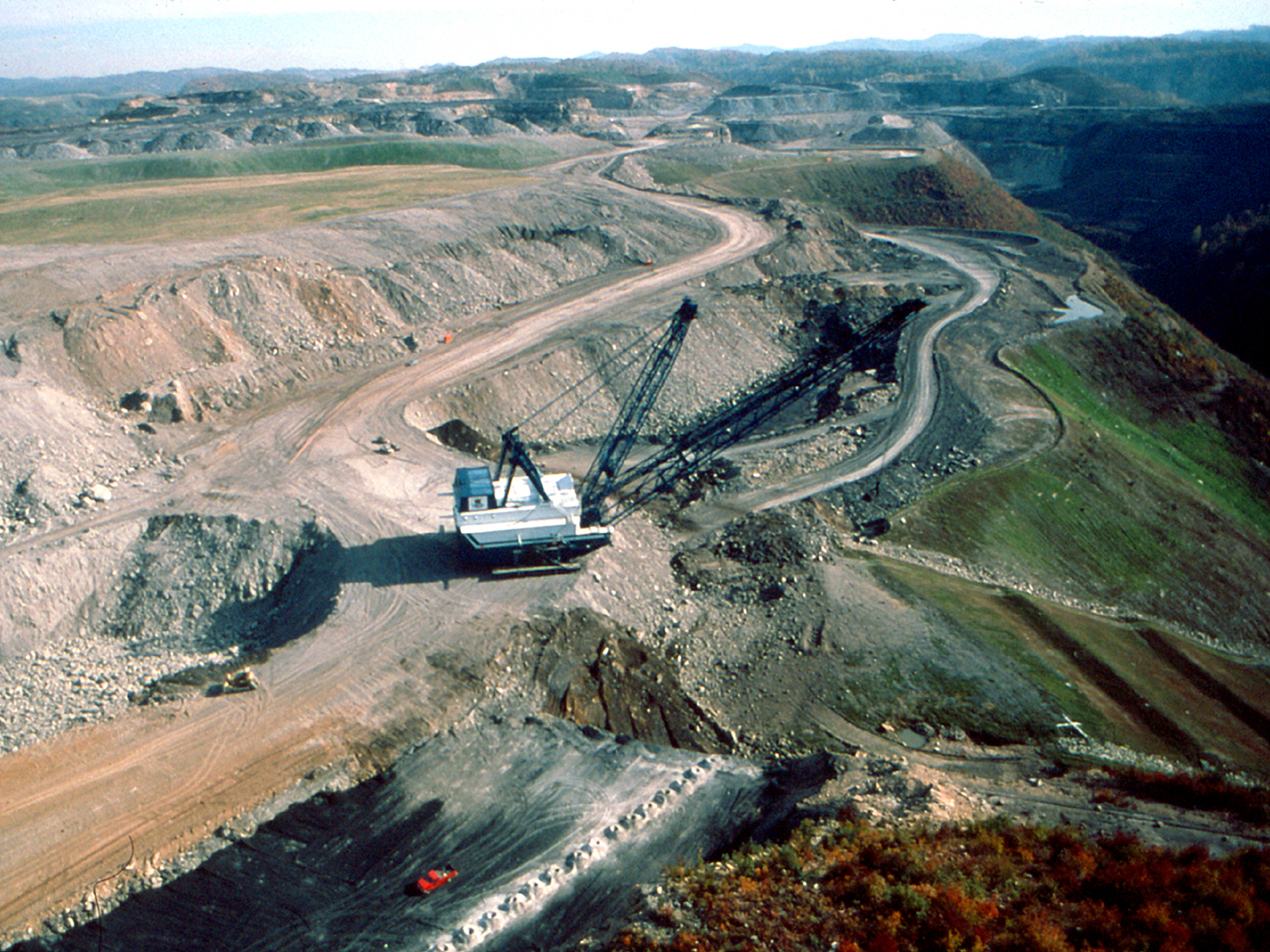Let it be known--this is not a typical post for this blog. First, read this:
Student Activists Demand Alternative Energies on Campus
Burning Coal on Campus is Hazardous to Student Health and the Commonwealth
LEXINGTON, Ky: Tuesday, an anonymous group of students from the University of Kentucky hung a banner from a parking structure near Rose Street to protest the university’s use of coal power on campus. The banner, reading “COAL: A Tradition of Oppression. STUDENTS: Let’s Change Our Legacy”, included a reproduction of the familiar UK symbol, with a burning smokestack between the letters instead of the usual Memorial Hall steeple.
Deemed the “midnight strike force” by local news sources, the students are fueling a campaign to move the university beyond the “outdated” technology of coal power and in the direction of cleaner energies. One of the students, an economics and environmental studies senior, said, “You can’t argue facts. Coal is a finite resource and the shift to alternative energies has to begin immediately. Kentucky must realize its potential to be progressive and enterprising in the country’s transition toward environmental awareness.”
The students’ use of the word “oppression” alludes to the detrimental effects of coal not only on the environment, but on the miners and communities in coal-mining regions of the state. An estimated 12,000 coal miners have died from black lung in the past decade, and their families are equally affected. The real tragedy, though, lies in mountain top removal (MTR) coal mining, a practice that more and more coal companies are using to extract coal at a lower cost. MTR employs explosives to decapitate mountains, and the leftover waste is deposited in surrounding valleys. The chemicals and residue bury and contaminate freshwater streams, thus poisoning the water supply for surrounding communities and devastating local ecosystems.
While the university, directly, does not deal in MTR coal, Kentucky Utilities provides a significant portion of the campus’s power, and is a known distributor of energy derived from the controversial method.
“The University of Kentucky is the flagship university of the state, and as such, sets the example for the rest of Kentucky. Any change we can make toward cleaner energy and the diversification of jobs and economies will affect the entire Appalachian region drastically, and for the better. This change is one that can’t wait,” said an Appalachian Studies junior.
It seems momentum has not died from the announcement last semester that the new Wildcat Coal Lodge would be endorsed by the coal industry. Tuesday’s banner was one of a series that has hung on campus since October, indicating that the students have not forgotten President Todd’s decision, and that they still worry for the future of their school’s energy and integrity.
These students at the Kentucky bring up an important issue, one that relates entirely to the concept of Green Urbanism. First, Green Urbanism, while it maintains an inherent relationship with cities, requires that the inputs into the city (energy, materials, food, etc) utilize environmental, economical, and social sustainability. The absolute destruction of the earth
results in an absolute reduction in our environmental, economic, and social capital. Those landscapes don't just 'come back.' Nor can you just "restore" that landscape to it's former self (contrary to what many MTR companies want YOU to believe that they do). The soils become so compacted that plants are unable to grow. This= less forest, which =less possible timber resources, but also= less places for trees to grow and remove CO2 from the atmosphere.
Now, the second part of this is much more connected to the urban system: burning coal in/near urban areas produces air pollution, which has a multitude of health impacts. (And don't take that to mean we should just put coal-burning power plants 40 miles outside of cities--that means we would have to use more coal, and more resources to get that energy transferred that far back to where it is needed--oh wait...we already do that???....save that one for another time). The coal backers will come back here with the whole "clean coal" mumbo jumbo---but they may want to check their own industry. Just last week, Don Blankenship debated Robert Kennedy, Jr. (and was completely embarrassed by Kennedy, I might add). At the end of the debate, Blankenship conceeded that carbon sequestration, the advocated method of "clean coal," is a bunch of hogwash. So, "clean coal" = a pipe dream.
The alternative is we use wind, solar, geothermal (yes), and we use these alternatives on a decentralized system, rather than a centralized system, like coal power. More importantly, we rebuild/retrofit the existing urbanized landscape with passive-solar heating, more efficient insulation, green roofs, living walls, and other intelligent (yes) ideas. This will help reduce overall energy use, which will help reduce energy need, reduce coal input, reduce coal removal, and eventually, remove coal from the equation completely with replacement by renewable energy. Then, we are talking about the sustainability of our environmental, economic, and social capital, and we are talking about Green Urbanism.



